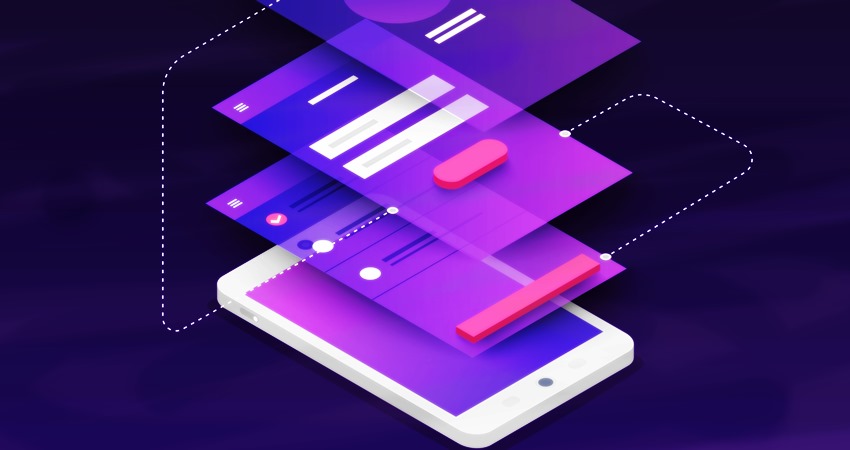What is the Surface Web Levels?
Also known as the Visible Web Levels “Lightnet”, or Indexed Web; Surface Web is everything that you can find on the regular World-Wide-Web.
It contains the pages that are put under “Indexable” to be readily available to its searchers in any Search Engine’s Result Page.
According to the worldwidewebsize.com, “The Web contains minimum 5.28 billion Indexed pages (Wed, 28 Nov’18).” Interestingly enough, the Surface Web Levels is only approx. 10% of the whole World Wide Web.
Examples of Surface Web include- Facebook, YouTube, Wikipedia, Regular Blogging Websites, and basically everything that we can see on any search engine’s result page (SERP).
Index or NoIndex?
By default, a web page is set to “Index”. However, some pages have no requirement of being in the SERP and be accessed by the others DIRECTLY.
For example; Thank you Pages, a companies admin, and login pages. So primarily the pages that are either intended to specific people or the pages that come after accessing a particular page on your websites come under no-index or no-follow.
The web Levels pages shown In the search engines serve the purpose of being directly accessible and have the intent of getting better Ranking in the Engines.
This is why they need to be indexed. But some internal subpages like the above mentioned are merely there to support the main pages, and that’s why are set to “no-index”.
This conveys the Robots and crawlers of search engines to stop right there. Furthermore, “NoFollow” disallows them to follow any particular link. This needs to be set internally.
What is Deep Web Levels?
So, in essence, there are pages that are easily approachable but not present in the result pages of any engine.
These types of pages go to the deep web. You can access them by their links (if you have them) or by visiting the page it is connected to.
Hence, you can surf the Deep web by accidentally clicking on a link. The Deep Web, Hidden Web, or the Invisible Web contains what is hidden behind the HTTP forms.
It furthermore includes online banking pages, medical and financial records, personal files, etc that are generally secured by a paywall and can only be accessed from specific pages.
However, some engines may display the hidden files and pages of this part of the deep web. For example, Deep Web Technologies, DeepPeep, Intute, Ahmia.fi, and Scirus are a few of those search engines.
What is Dark Web?
You may have come across this name, mostly while browsing through Reddit or other discussion pages like Quora.
For some pages on the internet, it is not that simple to land on them. While the Deepnet covers up to 90% or even more of the www.
There are sites that are not just set to “Noindex” but also are restricted to be found by any link or any of the standard search engines and browsers INTENTIONALLY.
Although they come under the Hidden Web, this 0.1% of the darknet is only accessible through particular kinds of software and tools.
This BlackNet area generally contains illegal content. Content like someone’s personal data, drug trafficking, and other illicit activities.
So, law enforcement regularly shuts down and prosecutes sites and people performing illegal things on the darknet.
Overlay Networks can help you to get through this part of the invisible web. You need special software to access the Blacknet or Dark Web because a lot of it is encrypted, and most of these are hosted anonymously.
The current most popular browser is the TOR. This community is many times referred to as the OnionLand.
Other popular networks are Freenet, I2P, and Riffle operated by public organizations and individuals. And also may include small, friend-to-friend peer-to-peer networks.
You May Also Like to Read:
An Introduction to the New Google Dataset Search Engine


